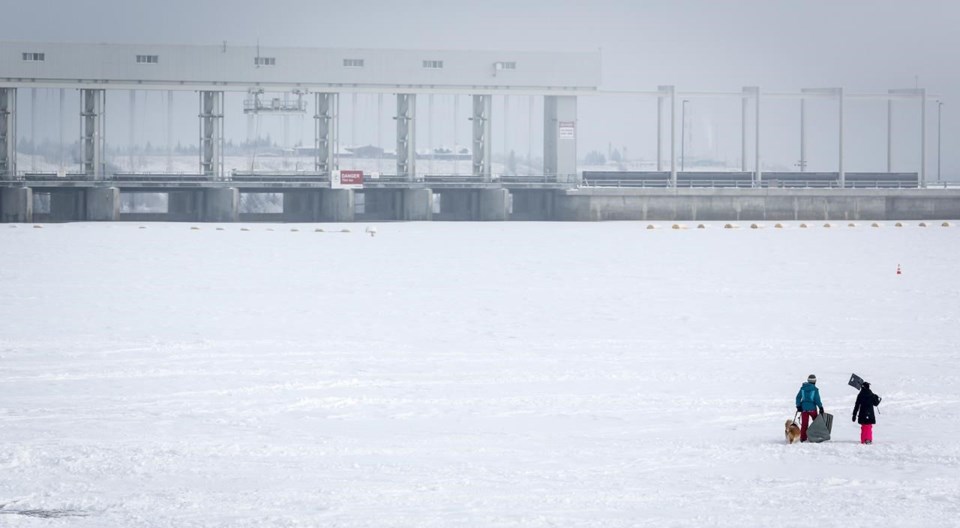CALGARY — Albertans are ringing up the kilowatt hours this holiday season after frigid temperatures this week prompted the province's electrical system operator to declare a grid alert.
The daytime high Wednesday was forecast to be -32 C in Grande Prairie, -27 C in Edmonton. and -25 C in Calgary with overnight wind chills of -40 C.
The Alberta Electric System Operator recorded a new all-time peak demand Monday of 12,187 megawatts, but continued extreme cold, high electricity demand and an unplanned outage at the Keephills 3 power plant west of Edmonton prompted another alert.
Leif Sollid, AESO's manager of communications and stakeholder relations, said there is enough electricity to meet demand but conditions are very tight due to the extremely cold weather.
"We are using emergency reserves to meet demand and it's a standard sort of contingency that we use," he said.
"The worst case scenario is rotating outages but we are not anticipating that at this point in time."
The previous record for demand was 11,939 megawatts set on Jan. 3 of this year during another bitter cold spell in the province.
Sollid said he was hopeful the thermal natural gas unit at Keephills 3 would be up and running again Wednesday, with the peak use hours between 4 p.m. and 7 p.m.
Consumers could help by reducing the use of large appliances such as washers and dryers, he said. It would also help if people did not plug in their vehicles or turn on Christmas lights until after the 7 p.m. peak.
Blake Shaffer, an assistant economics professor at the University of Calgary, researches electricity markets and restructuring.
He said the drain on the power system isn't much of a surprise.
"We typically meet our peak annual demand around this time of year and so that's what happened on Monday. So it's not uncommon to hit our peak demand right now," said Shaffer.
"The system is tested at these times to see if we have enough capacity."
Shaffer said some voluntary curtailment programs are in place to help reduce the demand at times like this.
He said the idea of rotating brownouts would be a drastic act of last resort.
"The one that they'll try to avoid at all costs."
Shaffer said if there was a rotating brownout, the system operator would tell each of the four main distribution companies in the province to reduce their demand by a certain amount.
He said the distribution companies in turn would cycle that through the city so no single home was off-line for very long.
This report by The Canadian Press was first published Dec. 21, 2022.
Bill Graveland, The Canadian Press



